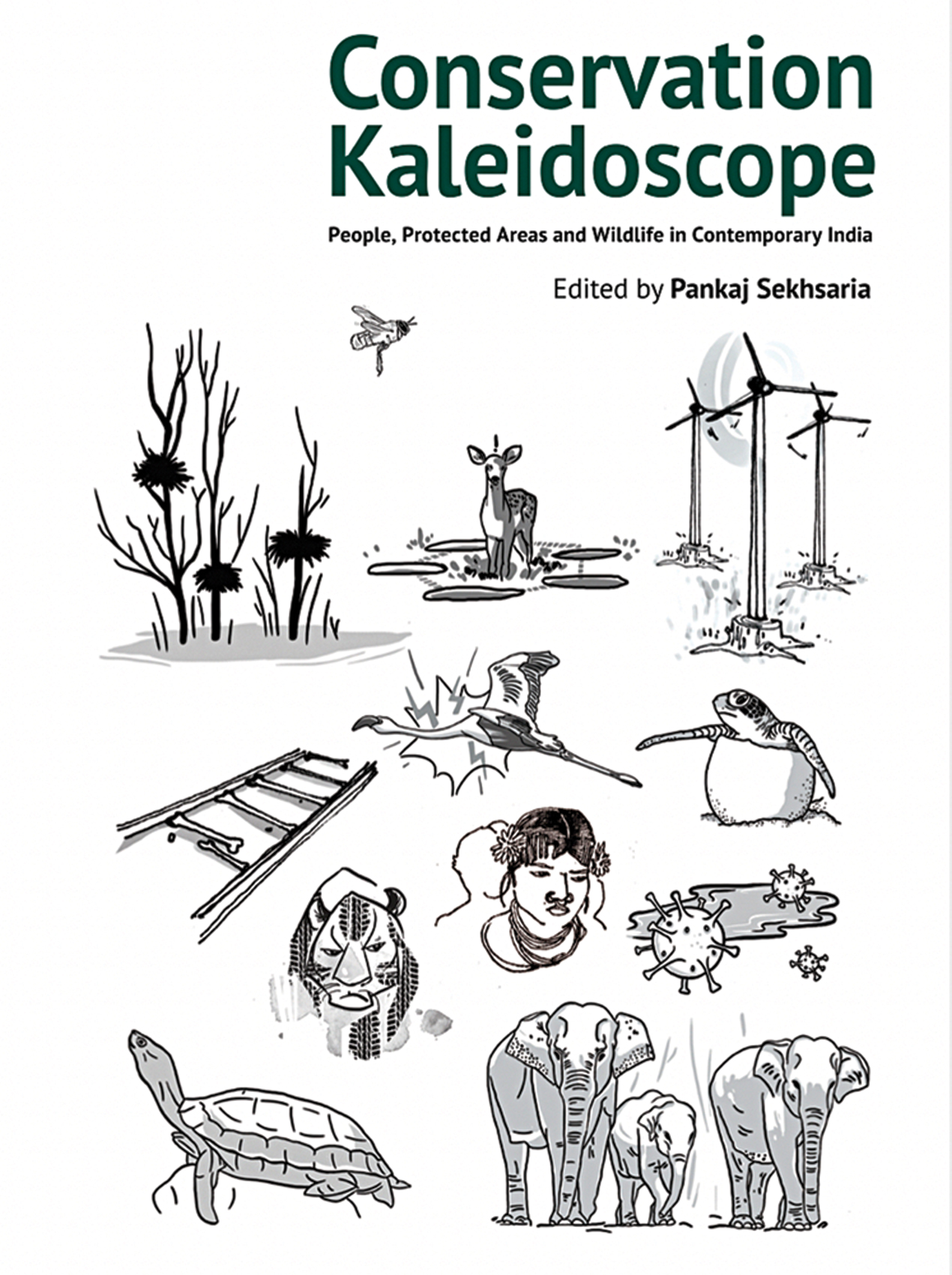Conservation Kaleidoscope: People, Protected Areas And Wildlife In Contemporary India
First published in Sanctuary Asia,
Vol. 42
No. 2,
February 2022
Reviewed by Abinaya Kalyanasundaram
With improved technology and a much greater appetite among the young for books to remind them of the wonderful biosphere in which they live, it is heartening to see how many new, high-quality publications are emerging from within India. Here are the books that Sanctuary believes should be in every public library and in the homes of all those whose hearts beat to nature’s drum.
Since 1999, the Protected Area Update has reached subscribers worldwide every other month, appearing in their inboxes or mail boxes. Its 24 pages are full of the latest news, developments and perspectives on wildlife and environmental conservation across the country. The newsletters’ loyal readers will be delighted that a collection of more than 100 of this newsletter’s editorials have been compiled into
the Conservation Kaleidoscope.
Over 14 broadly themed chapters, these editorials are accompanied by select news pieces on relevant issues, painting a linear, theme-based timeline of events. The chapter ‘Law, Policy and Governance’, for instance, provides an overview of the landmark events under this topic, such as the passing of the amended Wild Life (Protection) Amendment Act, 2002 (December 2002 newsletter); the constitution of the National Board of Wildlife (October 2003); the popular Godavarman case that prompted the Supreme Court to reinterpret the definition of ‘forest’ in the Forest Conservation Act (June 2004).

Conservation Kaleidoscope: People, Protected Areas
and Wildlife in Contemporary India
Edited by Pankaj Sekhsaria
Published by Kalpavriksh,
Duleep Matthai Nature Conservation Trust and Authors Upfront
Paperback, 432 pages
Print edition available on: Amazon India, Flipkart, AuthorsUpFront
eBook available globally on Amazon Kindle stores
Readers can, as pointed out in the Editor’s Note by Pankaj Sekhsaria, discern interesting trends in wildlife conservation over the years – that otherwise might have been missed – such as the growing incursions of linear infrastructure and religious structures in Protected Areas and the neglect of frontline forest staff.
No doubt Conservation Kaleidoscope is a rich resource. For young people in the conservation field, this a reliable resource, a one-stop read on the history and timeline of wildlife conservation over the past two decades. And for older conservationists, it serves as a reminder of the paths that have been crossed, lessons learned and successes achieved that have led us to this moment in the conservation movement.


